For the Q1 issue of EET&D Magazine, we spoke with Dr. Shay Bahramirad, vice president of engineering and smart grid at ComEd, the IEEE PES vice president of new initiatives and outreach and the IEEE PES T&D Conference chair, about the role IEEE PES plays in working with utilities and energy consumers.
EET&D – What does IEEE PES consider to be the most significant technological advancements to impact the electric energy sector over the past three years?
SB – Like the entirety of the industry, IEEE PES is acutely aware of the changing energy needs of society. Today, the impacts of climate change are being felt deeply, and communities are pushing for not just the ability to deploy clean power, but in such a way that they can be resilient in the face of disruptive events. This is a difficult task, but there are technologies, from microgrids to distribution phasor measurement units, not to mention advanced substations to new distribution system designs, that make it possible. IEEE PES is very proud of the role it has played in publishing the research, establishing the standards, and spreading the word throughout the industry about these technologies, as well as others, that is transforming the electric energy industry.
EET&D – Can you talk about how these advancements have made it easier for utilities to better serve their customers?
SB – These advances make the grid more effective, but the ultimate value of a technology is determined by how it is used. The work that utilities are doing to design, plan and operate the grid as customers adopt technologies like DER at a higher rate, makes it possible to provide clean and resilient power to communities.
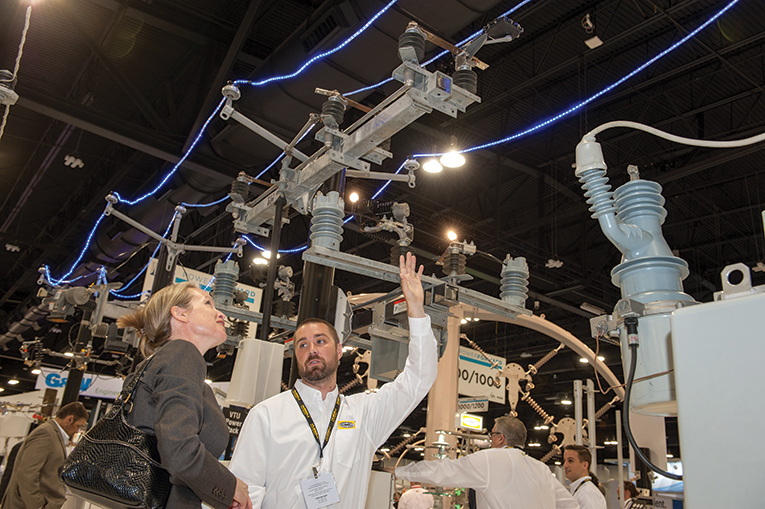
EET&D – What, if any, are the reasons utilities may be reticent to embrace them (e.g., the market, in general, has yet to adopt them widely, the deployment is cost-prohibitive, the utilities are focused on more pressing issues like aging infrastructure and upgrading their cyber and physical security measures)?
SB – The challenge with doing anything new is always ensuring that the benefits are made tangible to those who need them. This is why technology valuation is so important. What we’re seeing now is utilities working to measure the impact of emerging solutions both on the grid, but also on the communities that rely upon it to enable their objectives.
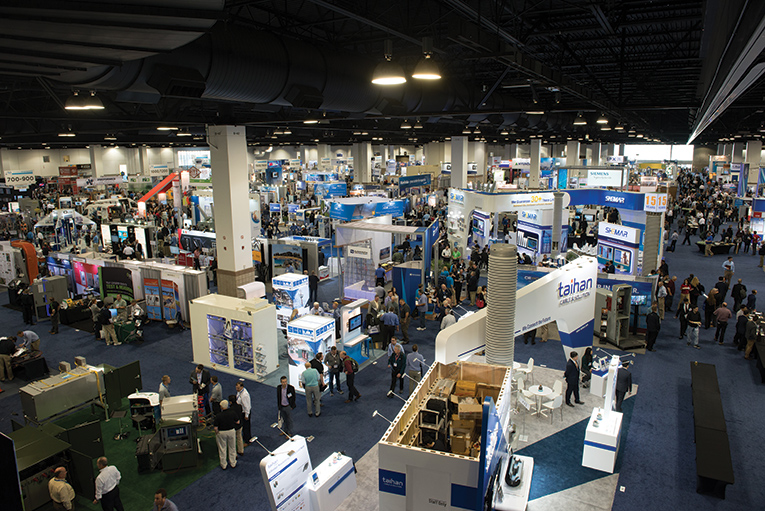
EET&D – Do you believe utilities, in general, are willing/able to participate in industry forums and events? If not, what do you think is holding them back?
SB – Absolutely. One of the exciting things about the utility industry is the spirit of collaboration that comes from a recognition that we are all facing common challenges of providing the customers we serve with reliable, resilient and sustainable energy. Conferences like IEEE PES T&D are an exciting demonstration of this, as we see academic and industry leaders from across the world coming together to share best practices and their most innovative ideas to make the whole field stronger.
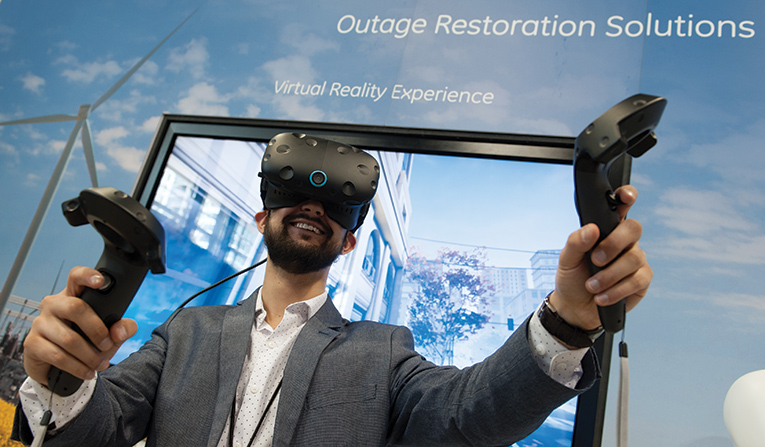
EET&D – Can you provide any ideas on steps organizations like IEEE PES can take to engage the utilities?
SB – Organizations like IEEE PES are taking all the right steps to make these events even more engaging for utilities. At this year’s IEEE PES T&D Conference and Exposition, there will be a first-of-its-kind executive summit, in which thought leaders and decision makers from across the energy sector will have an opportunity to collaborate and network together. There is also a new offer allowing utilities to register ten of their engineers for only $1000 enabling more of their employees to experience and gain insights from this global event.
EET&D – What are some steps utilities can take to ensure they are keeping up with emerging energy, digitization, or a more informed customer base/prosumers?
SB – Utilities must engage directly with the communities they serve. Having a clear vision of not only what communities need in terms of power, but also what communities need in terms of education and resources. This helps energy providers ensure that the emerging technologies they implement are being fully leveraged by the communities they serve. To do this effectively, it is critical that utilities benchmark with industry leaders, share lessons learned and participate in the development of industry standards to continue moving forward.
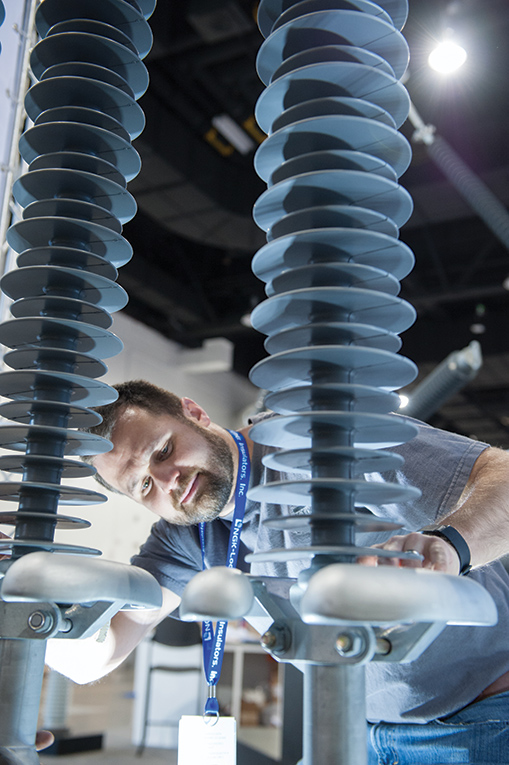
EET&D – Are there any case studies or examples you can cite of utilities that are making headway in their attempt to catch up, or better, stay on top of today's distributed energy systems?
SB – Right here in Chicago, where the IEEE PES T&D Conference will be held, ComEd is installing the Bronzeville Community Microgrid, which is the first utility-operated microgrid cluster in the nation, as part of a broader Community of the Future program, which leverages smart grid technologies to lift up communities in need. Conference attendees will have the opportunity to see some of the exciting projects that are part of this, from the DERs that make the microgrid work, to an electric vehicle mobility project that is using cutting-edge technologies to solve first/last mile transportation challenges of senior citizens on the South Side of Chicago.
EET&D – What other areas of concern will you address at the IEEE PES T&D Conference, and how can we draw more attendees by mentioning these will be topics for discussion at the event in Chicago?
SB – This upcoming conference is attracting more than 14,000 energy industry professionals from all over the world, which means virtually every important issue in the field will be up for discussion. I’m especially excited to hear more about how the industry is planning on providing clean power to communities, addressing the aging workforce by implementing aggressive reskilling efforts, including providing STEM education, particularly for underserved communities, and recognizing the role of women in making this field as vibrant as it is. But what excites me even more is knowing that the conversations and collaborations that will occur in this conference will drive the industry even further forward.
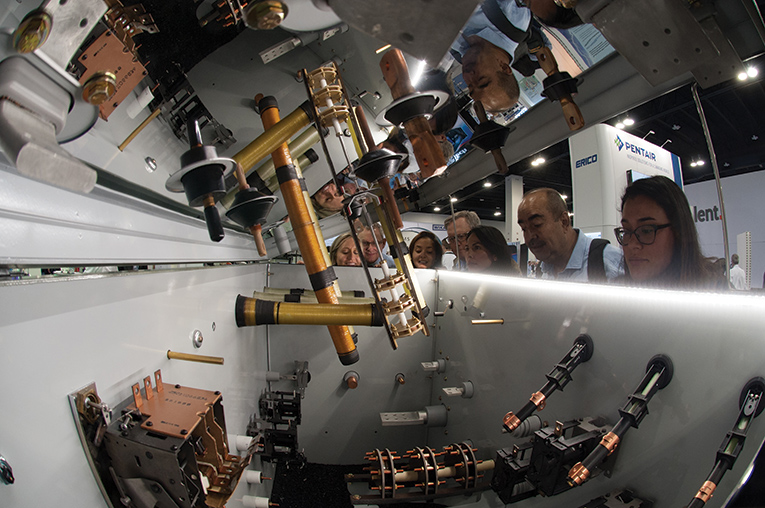
 Dr. Shay Bahramirad is the vice president of engineering and smart grid at ComEd, where she serves as a strategic business leader, driving efforts to visualize and implement the 21st century power grid transformation and the new energy economy. She holds executive responsibility for ComEd’s vision of the grid of the future as well as communities of the future, developing frameworks for emerging technologies including distributed generation, microgrids, electrification, as well as investment strategies for enabling improved resilience, sustainability and energy equity. Bahramirad is an editorial board member of Electricity Journal, an adjunct professor at the Illinois Institute of Technology, and the IEEE PES vice president of new initiatives and outreach, overseeing the organization’s engagement with policy makers globally, and developing strategies for next generation of standards and frameworks, including Smart Cities. Bahramirad holds multiple advanced degrees, including a Ph.D. in electrical engineering from the Illinois Institute of Technology. She is also a graduate of Kellogg School of Management at Northwestern Women’s Senior Leadership program.
Dr. Shay Bahramirad is the vice president of engineering and smart grid at ComEd, where she serves as a strategic business leader, driving efforts to visualize and implement the 21st century power grid transformation and the new energy economy. She holds executive responsibility for ComEd’s vision of the grid of the future as well as communities of the future, developing frameworks for emerging technologies including distributed generation, microgrids, electrification, as well as investment strategies for enabling improved resilience, sustainability and energy equity. Bahramirad is an editorial board member of Electricity Journal, an adjunct professor at the Illinois Institute of Technology, and the IEEE PES vice president of new initiatives and outreach, overseeing the organization’s engagement with policy makers globally, and developing strategies for next generation of standards and frameworks, including Smart Cities. Bahramirad holds multiple advanced degrees, including a Ph.D. in electrical engineering from the Illinois Institute of Technology. She is also a graduate of Kellogg School of Management at Northwestern Women’s Senior Leadership program.






